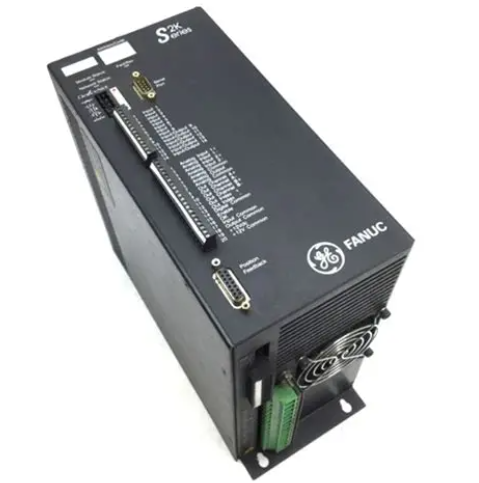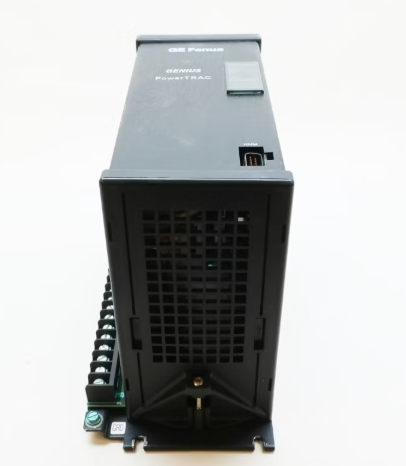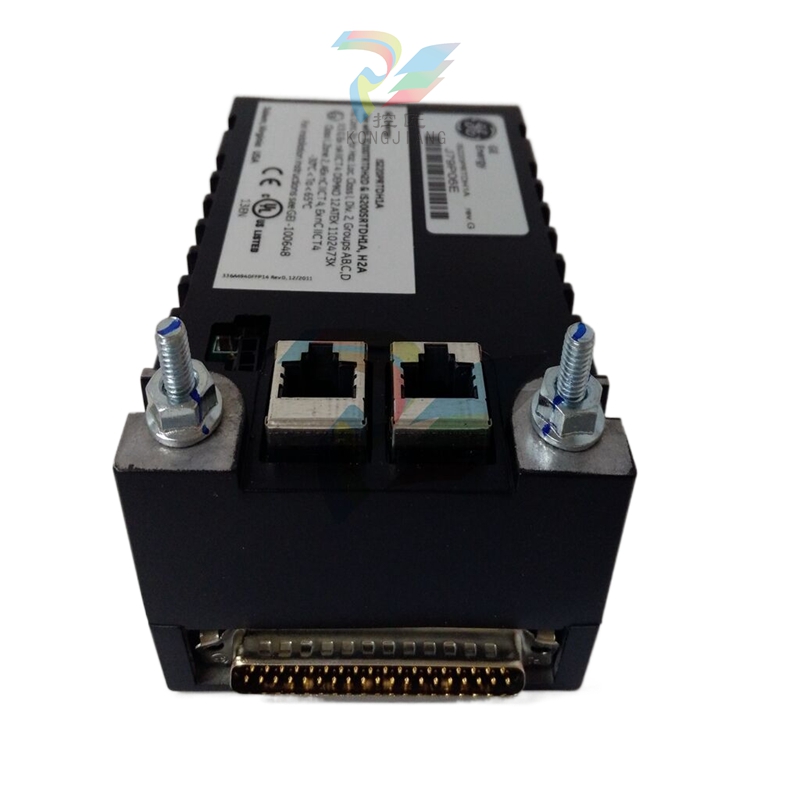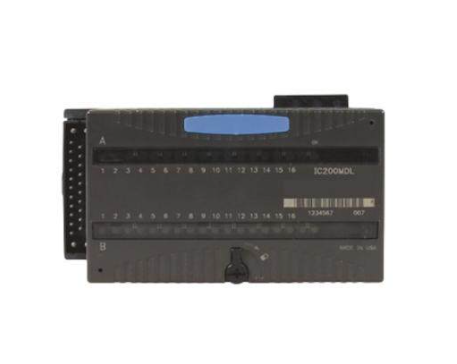Power generation plan considering priority generation under power spot market environment
1. Research on generation planning methods under market environment
1.1 Power generation plan verification principles
Under the market environment, the power generation plan adheres to the following principles:
First, give full play to the role of planned electricity to ensure the power supply of non-market users, coordinate the profit distribution of market players, and ensure the survival of power generation enterprises and capacity investment recovery;
Second, adhere to the implementation of the priority power generation plan, ensure the grid voltage support and peak frequency regulation needs, and fully ensure the safe and stable operation of the grid;
Third, the high price of planned electricity fully guides power users to participate in market transactions;
Fourth, pay attention to the planned power and market power coordination, power generation plan formulation and distribution methods should be easy for market players to understand and accept, to achieve an orderly transition from the plan to the market.
1.2 Verification method of planned electricity
In accordance with the principle and method of "determining power generation by use", the spot market of Guangdong Power has realized the matching of market power generation and power consumption, which has largely suppressed the adverse effects of unbalanced accounts caused by the parallel dual-track system [6]. However, with the continuous opening of the market scale, the inherent defects of the mechanism of "using fixed hair" are gradually exposed.
Before the capacity market is built, the planned electricity mainly bears the multiple roles of ensuring the investment recovery of power generation enterprises and non-market user electricity consumption, voltage support, peak regulation and frequency regulation demand (that is, priority power generation), so the planned electricity should be approved separately.

If the market transaction comprehensive contract price is higher than the medium - and long-term contract average price, there is no additional verification of guaranteed investment recovery electricity for the current year. For provinces that have not yet carried out spot market trading (control areas), there is no additional verification of investment recovery power. Investment recovery electricity rate verification, further smooth the impact of energy market price fluctuations on the income of power generation enterprises in the previous year, avoid power generation enterprises to blindly declare high prices for corporate earnings, and help the market main body to return to rationality.
Formula (2) Fully ensures that the annual planned power generation scale does not exceed the annual total power consumption of non-market users, and on the basis of ensuring the survival of power generation enterprises, provides the possibility and feasibility of realizing the matching of power generation institutions by adjusting the power plan. The power plan of each power plant is
1.3 Generation plan formulation process
As it is difficult to accurately control the boundary conditions and power consumption characteristics of the power grid in the coming year, the calculation and determination of the annual planned total amount of electricity and annual priority power generation may not be accurate. Therefore, it is necessary to adjust the power plan during the year, increase or reduce the planned power of each power plant according to the deviation between the actual demand for priority power generation and the predicted value of priority power generation, improve the matching degree of non-market power generation and market power generation, and alleviate the imbalance of market settlement.
1.4 Method of monthly decomposition of power generation plan
Under the market environment, the electricity component of the annual electricity plan of the power generation enterprise includes the planned electricity and the market electricity, and its monthly decomposition method.
There are two main monthly decomposition methods of market electricity: the trading contract determined by bilateral negotiation over the counter, and the buyer and seller determine the monthly decomposition amount of the annual contract through negotiation; Trading contracts determined by centralized matching and listed trading on the floor, and the monthly trading power is determined by the market support system.
The annual priority power generation is divided into each month according to the monthly approved priority power generation to ensure the electricity demand of non-operational users and the safe and stable operation of the grid; Investment recovery electricity and untraded market transaction electricity are decomposed into each month based on the preferential power generation of each month as a proportional coefficient.
2. Analysis of numerical examples
2.1 Example description
In terms of load level and spot market price mechanism, the load level and TOU price level of the day ahead market and real-time market are shown in Table 1. In order to simplify the analysis, the power curve of four sections per day is used in the example: the load level is the same at 0~6, the load level is the same at 7~12, the load level is the same at 12~18, and the load level is the same at 19~24.

In terms of planned electricity generation, the base electricity is issued in accordance with 50% of the entire society's electricity consumption, and the approved on-grid electricity price (0.45 yuan/KWH) is implemented. The power consumption scale of non-market users is set at 50% of the whole society's electricity consumption, and the directory price is implemented (0.55 yuan/KWH).
In terms of market power generation, the scale of market users' electricity consumption is set at 50% of the whole society's electricity consumption. The medium and long-term contract scale is issued according to the market electricity consumption, and the buyers and sellers have high enthusiasm for trading, and the medium and long-term contracts are all signed, and the contract price is 0.32 yuan/KWH, lower than the spot market price. Spot market time-share prices refer to Table 1 data. The market settlement price is the absolute price of electricity energy considering the transmission and distribution price, and the transmission and distribution price is executed in accordance with 0.12 yuan/KWH.
The spot market settlement mechanism requires that the base power and medium - and long-term contract power be decomposed into the daily time-sharing power curve, and the deviation settlement is carried out with the spot market clearing curve. The base power is decomposed according to the typical average curve of the whole day, and the medium - and long-term contract curve is determined according to the shape of the user's real-time electricity consumption curve.
2.2 Analysis of Results
2.2.1 Impact on the interests of market entities
In the scenario constructed by the example, the market generation and non-market generation strictly match, and the power consumption space is completely covered by the base power and the medium and long-term contract power when the contract is signed. According to the power plan formulation process designed in Section 4.2, the power plan is equivalent to the priority power generation, and the demand for power supply and peak and frequency regulation of non-operating users is fully guaranteed.
When medium - and long-term electricity cannot be fully contracted because power generation enterprises or power users do not actively participate in the market, medium - and long-term contracts and base electricity cannot cover all electricity consumption, and the interests of market members will be affected. Table 2 shows the income/expenditure levels of market members in the medium to long term when electricity cannot be fully contracted. Section 4.2 In the design process, uncontracted contracts are issued in the form of base electricity. Therefore, the higher the proportion of uncontracted medium and long term electricity, the more electricity settled at the high price of on-grid electricity price on the power generation side, and the higher the total revenue on the power generation side. The non-contracting market-oriented electricity is equivalent to the power grid company purchasing high-priced base electricity to supply power to market-oriented users, and the relevant unbalanced funds are borne by users. Therefore, the higher the proportion of uncontracted medium - and long-term electricity, the higher the cost of market users.
The price level of non-market users is stable and is not affected by the proportion of market contracts. Under the condition of stable electricity consumption structure, the future income mechanism of "purchase and sale price difference + transmission and distribution price" of power grid companies can also ensure relatively stable income.
2.2.1 Analysis of the incentive effect on the trading of market entities
In order to study the incentive effect of the electricity plan formulation process proposed in the paper on market players to participate in medium and long-term contract transactions, the calculation example considers the "high price" scenario in which the medium and long-term contract is higher than the clearing price in the spot market (the medium and long-term contract price is set at 0.38 yuan/KWH), and the scenario in which the non-contracted electricity is not delivered.
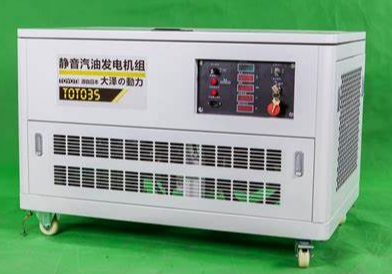
The unit electricity cost of market users in different scenarios is shown in Table 3. Whether the uncontracted electricity is delivered according to the base electricity, and the market contract price level has little influence on the trend relationship between the electricity cost of market users and the contract contracting ratio: the higher the proportion of uncontracted contracts, the higher the unit electricity cost of market-oriented users. After the medium and long term contract locks in part of the expenditure, the total market electricity consumption expenditure of market users is mainly determined by the deviation between the day-ahead clearing curve and the medium and long term contract decomposition curve. The proportion of medium and long term uncontracted contracts increased, the spot market deviation settlement cost increased, and the electricity cost increased.
The unit market-based generation income of power generation enterprises under different scenarios is shown in Table 4. Whether the uncontracted electricity is delivered according to the base electricity affects the unit market generation income level of the power generation enterprise. According to the electricity plan formulation method designed in this paper, the quantity of non-contracted contracts will be issued as planned electricity, and the proportion of non-contracted contracts will increase, and the unit market electricity income of power generation enterprises will decrease. The non-contracted electricity is issued at the base amount of electricity, the spot market space is small, and the income of the spot market is difficult to make up for the decrease in the medium and long term income of power generation enterprises caused by the increase of non-contracted contracts. This trend becomes more pronounced when the price of medium - and long-term contracts increases.
It is worth noting that under different situations in this example, the cash market income of power generation enterprises and the cash market expenditure of market users are positive. If the income and expenditure of the spot market are negative, the incentive effect of electricity plan formulation on the trading willingness of market players may be further enhanced.

It can be seen that in the implementation of the generation plan formulation method in the market environment designed in this paper, power generation enterprises and power users are inclined to fully sign medium - and long-term contracts on the premise of passing the safety check in order to maximize the unit market revenue. This trend has nothing to do with medium - and long-term contract prices, which to a certain extent avoids the behavior of malicious pricing on the power generation side. At the same time, only in the case of complete contracting, the income gap between power generation enterprises and the scenario without contracting contracts is the smallest, which further enhances the incentive role of power generation enterprises to actively participate in the market. The formulation of measures effectively stimulated the trading willingness of market players, fully released market dividends, and realized the orderly connection between the planning model and the market model.
3. Conclusion
This paper designs the medium and long term power plan formulation method under the market environment: based on the annual power forecast of non-operating power users, the demand for frequency modulation and peak regulation of the grid, and the reasonable income of the power generation enterprises as the boundary, calculate and distribute the basic base power of each power plant. The difference between the annual planned amount of electricity and the planned amount of electricity delivered shall be issued as the total transaction scale, and medium and long-term transactions shall be organized. If there is an uncontracted electricity, the remaining electricity is issued as the base electricity, and the distribution method is the same as the traditional planning mode. In terms of monthly decomposition of the annual electricity plan, the annual priority power generation is decomposed into each month based on the priority power generation of each month. The remaining planned electricity is decomposed into monthly priority power generation in proportion.
The paper analyses the reasonableness of the power plan formulation method and the effectiveness of connecting with the market. The higher the proportion of medium - and long-term contracts are not signed, the unit electricity cost of the user side increases, and the unit market-based power generation income of the power generation enterprise decreases. From the Angle of profit-seeking, both developers and users tend to get the maximum market returns, so both have the motivation to sign all the medium and long-term contracts, and the enthusiasm of market transactions has been greatly increased. It can be seen that the method for making power generation plans in the market environment proposed in this paper has a positive effect on encouraging market players to participate in trading, and realizing the orderly connection between the plan and the market.
- EMERSON
- Honeywell
- CTI
- Rolls-Royce
- General Electric
- Woodward
- Yaskawa
- xYCOM
- Motorola
- Siemens
- Rockwell
- ABB
- B&R
- HIMA
- Construction site
- electricity
- Automobile market
- PLC
- DCS
- Motor drivers
- VSD
- Implications
- cement
- CO2
- CEM
- methane
- Artificial intelligence
- Titanic
- Solar energy
- Hydrogen fuel cell
- Hydrogen and fuel cells
- Hydrogen and oxygen fuel cells
- tyre
- Chemical fiber
- dynamo
- corpuscle
- Pulp and paper
- printing
- fossil
- FANUC
- Food and beverage
- Life science
- Sewage treatment
- Personal care
- electricity
- boats
- infrastructure
- Automobile industry
- metallurgy
- Nuclear power generation
- Geothermal power generation
- Water and wastewater
- Infrastructure construction
- Mine hazard
- steel
- papermaking
- Natural gas industry
- Infrastructure construction
- Power and energy
- Rubber and plastic
- Renewable energy
- pharmacy
- mining
- Plastic industry
- Schneider
- Kongsberg
- NI
- Wind energy
- International petroleum
- International new energy network
- gas
- WATLOW
- ProSoft
- SEW
- wind
- ADVANCED
- Reliance
- YOKOGAWA
- TRICONEX
- FOXBORO
- METSO
- MAN
- Advantest
- ADVANCED
- ALSTOM
- Control Wave
- AB
- AMAT
- STUDER
- KONGSBERG
- MOTOROLA
- DANAHER MOTION
- Bently
- Galil
- EATON
- MOLEX
- Triconex
- DEIF
- B&W
- ZYGO
- Aerotech
- DANFOSS
- KOLLMORGEN
- Beijer
- Endress+Hauser
- MOOG
- KB
- Moxa
- Rexroth
- YAMAHA
- Johnson
- Westinghouse
- WAGO
- TOSHIBA
- TEKTRONIX


Email:wang@kongjiangauto.com

















































































































